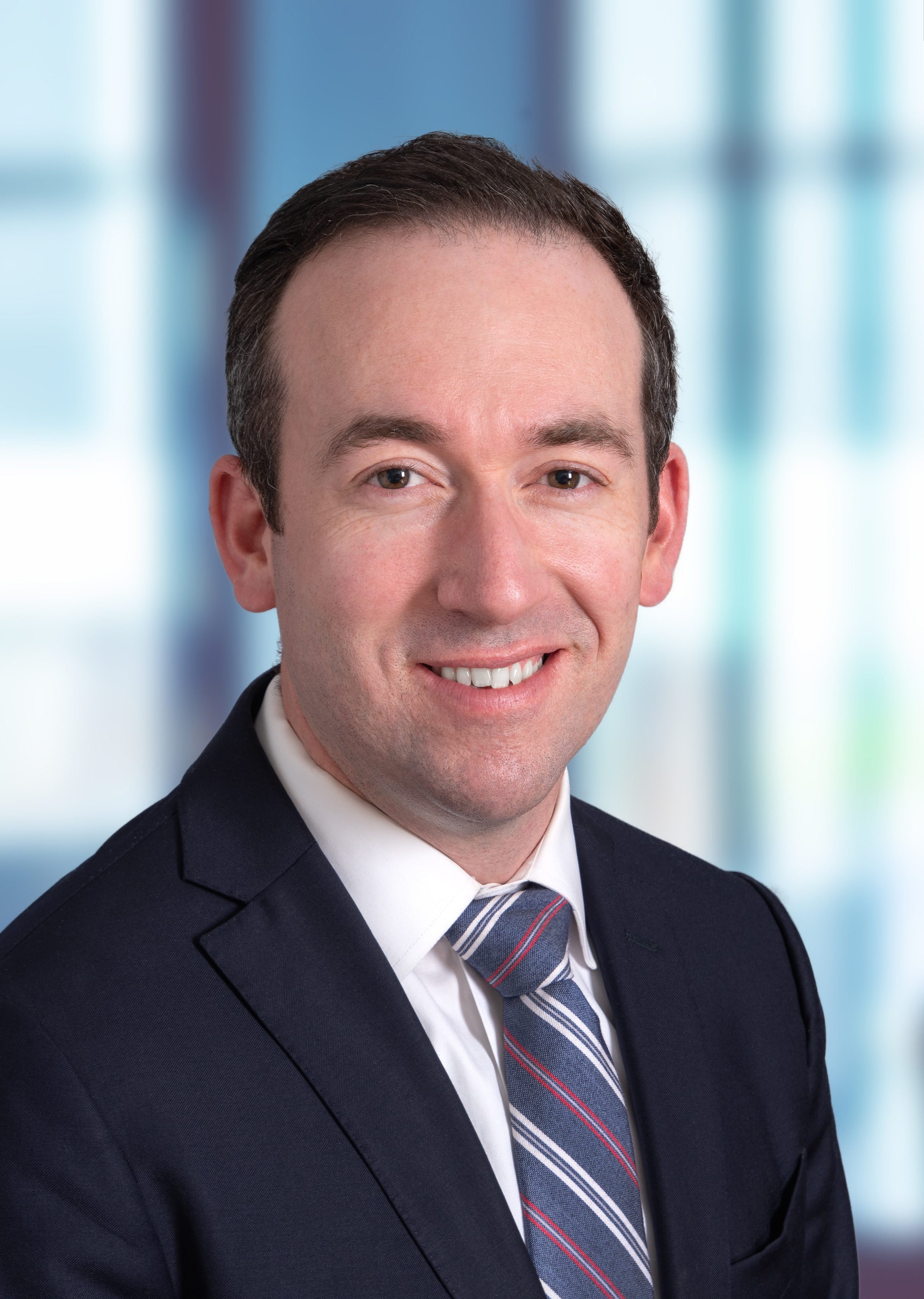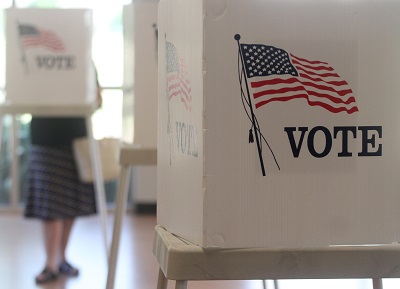U.S. Wildfire Symposium Addresses Risks to California Insurance Markets
With more insurers fleeing California, industry experts convened at an event organized by Bay Area Council member CSAA in Yountville Tuesday (July 11) to discuss ways to reduce wildfire risks and stabilize the state’s insurance market. California’s recent spate of explosive wildfires was a century in the making and the result of climate change, overgrown forests, urban development in the wildland-urban interface, and aggressive fire suppression. The symposium focused on action underway by local, state, and federal officials to reduce wildfire risk, and featured presentations from state officials, fire marshals, and insurance industry analysts.
“The climate and insurance crisis is a challenge so big that no one individual, no company or a single government can solve it by themselves,” said CSAA CEO and Council Executive Committee member Tom Troy. “This will require collaboration and partnerships. We need federal, state and local governments to work with non-profits and the private sector – and vice versa –in order to rebuild a healthy, vibrant insurance market which is vital to theeconomy.”
The Inflation Reduction Act and Bipartisan Infrastructure Act committed more than $3.2 billion to forestry and wildfire management, with California set to receive the most support as state and federal officials strive to scale forest treatment to 500,000 acres a year by 2025. Presenters also discussed the recent Bay Area Council Foundation/California Resilience Challenge analysis (by CoreLogic and Miliman on behalf of the Town of Paradise) on the risk and premium reduction impacts of parcel and community scale wildfire risk reduction actions.
The Council is excited to work with CSAA on actionable strategies for addressing the risk that wildfires pose to our cities, businesses and economy. Our Board of Directors this week (July 19) heard from leading wildfire expert, Moraga-Orinda Fire Chief and Hoover Institution Fellow David Winnacker, on preventative steps we can take as a region to reduce the risk and damage from wildfires.






